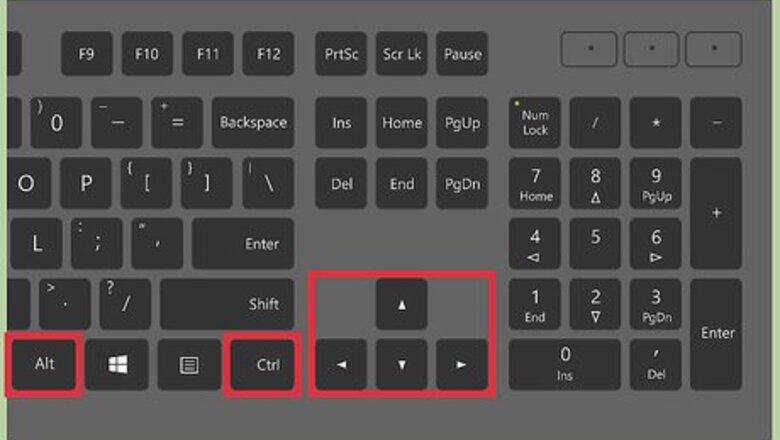
views
Windows
Rotate your device or monitor if it is equipped with a rotation sensor. If your device is a tablet, 2-in-1 PC, or desktop with a rotatable screen, then you can rotate the monitor to fix the issue. If that does not work, then check that rotation lock is not enabled by opening the action center. If you do not see rotation lock in the action center, then try reconnecting the USB cable (not HDMI or VGA) cable for your monitor. This should fix the rotation sensor.
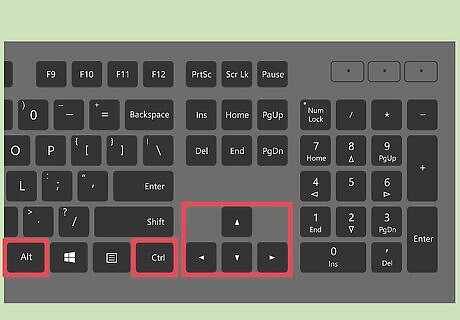
Press ctrl, alt, and a direction key. Some graphics cards assign the hotkey Ctrl + Alt + ↓ to flip the screen upside down. To reverse this, press Ctrl + Alt + ↑. Use the same key combination with ← or → to reverse a screen flipped right or left. Some graphics cards use ⇧ Shift + Alt + ↑ instead. You may need to use the Alt key to the right of the spacebar, sometimes labeled AltGr.

Fix rotation manually. Computers running Windows 7 or later have an option to switch between portrait and landscape mode. Fix this as follows: Right-click your Desktop. In the drop-down menu, select Display Settings (Windows 10) or Screen Resolution (Windows 7 or 8).(Alternatively, go to Start → Control Panel → Display, then select Display Settings or Screen Resolution.) Click the Orientation drop-down menu and change it to Portrait or Landscape, depending on your monitor setup. Click Apply to rotate your screen back to normal.

Access your graphics card options. If nothing else works, you may need to access your graphics card settings. Depending on which card you have, you may find this under Graphics Options, Graphics Properties, Nvidia Control Panel, Catalyst Control Center, or Intel Control Center. You can either locate this using the search bar, or (usually) right-click your Desktop and select it from the drop-down menu.
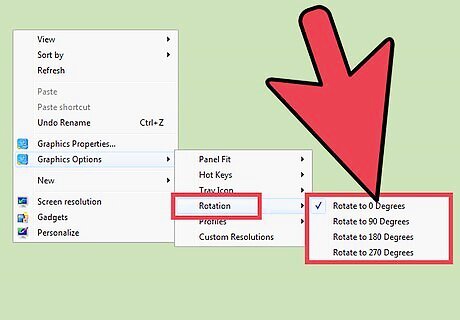
Change the rotation setting. There is no standard menu arrangement in graphics card menus, so you may need to search a little. On some graphics cards, the "Rotation" or "Orientation" setting is in the Displays Manager menu. You may need to select "advanced options" to find this setting. If you're not sure why your screen rotated, you may have accidentally pressed a keyboard shortcut. Look for a Hotkeys menu item and disable it.
Mac
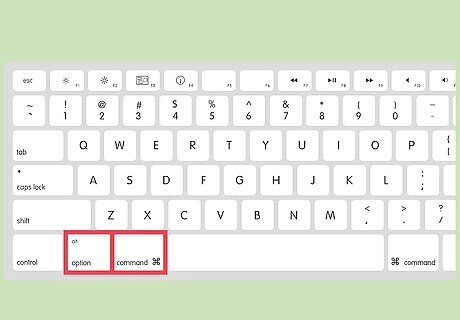
Hold down command and option. Press and hold ⌘ Command and ⌥ Option. Continue holding these keys down for the rest of this process. If you are using a Windows keyboard with your Mac, hold down Ctrl + Alt instead.
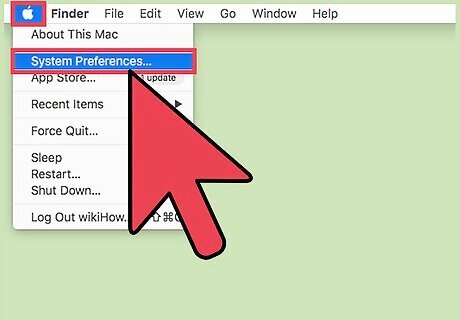
Open System Preferences. Click the apple symbol in the top left corner of your screen. Select System Preferences from the drop-down menu. If System Preferences was already open, you may need to quit and relaunch it while pressing the keys.
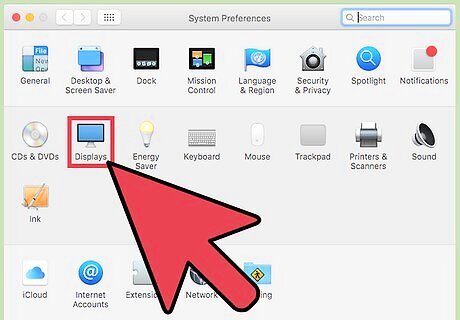
Go to the Display settings. Click Display. Continue to press both keys. If you have multiple displays, select the problem monitor in the list of options before you continue.
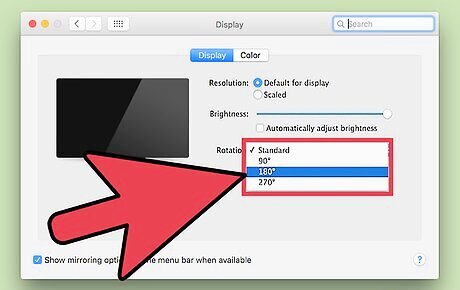
Change the rotation settings. Holding down these keys unlocks the rotation options in the Display settings. Select Standard from the Rotation drop-down menu to return to the default display. If no Rotation option appears, your hardware does not support Apple's built-in rotation settings. Check your Applications folder for third-party software that may have rotated your screen.










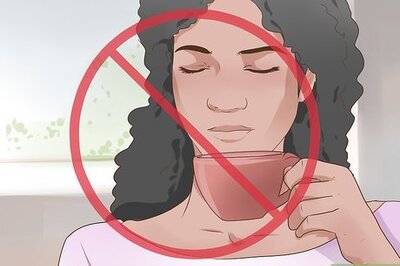


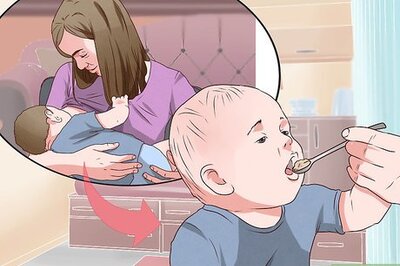





Comments
0 comment